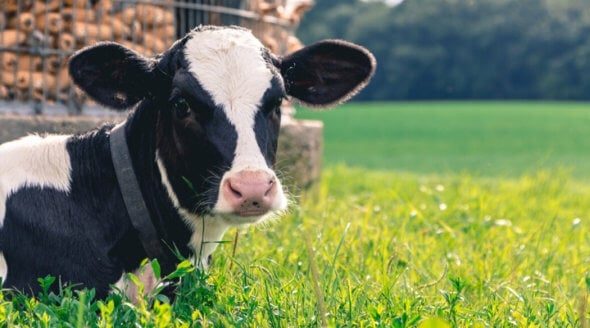All About Animals: The Issues (Ages 16-18): Zoos
There are around 430 zoos in Britain alone and 10,000 worldwide. Conditions vary greatly, with the worst being nothing more than concrete prisons holding very distressed animals. The better zoos make an effort to re-create a natural environment, even though this is never completely possible.
Zoos Say…
Zoos attract thousands of visitors every year, allowing people to see animals that they would otherwise never encounter. A few lucky people may get to go on safari, but even then, they will only see animals from a distance and possibly only for a brief moment. And a trip to the zoo costs a lot less than taking the whole family on safari. Of course, there are wildlife programmes on television, but they do not allow you to see the animals up close. A visit to the zoo educates and entertains people about wild animals in a unique way.
Many zoos have breeding programmes to try to help endangered species. No one wants to see the panda or the tiger become extinct, and zoos offer hope for the future survival of these animals. Breeding programmes are not cheap, so allowing people to pay to visit the zoo is the best way to fund them. Many researchers also visit zoos to study animal health.

Opponents Say…
When people visit zoos, they are not seeing wild animals, but captive animals whose families still live in the wild. The conditions are artificial and do not allow animals to behave naturally. Cheetahs cannot run at full stretch and chimpanzees cannot gather fruit high up in the forest canopy, as they would in their real homes. The truth is that these animals’ natural habitats can never be re-created, no matter how hard a zoo tries. And many do not try hard at all.
Most animals housed in zoos are not endangered. In fact, the Born Free Foundation researched 104 zoos in 2000 for their ‘Official Zoo Health Check’ report and found that just 5 per cent of taxa (species and subspecies) held in British zoos were listed as endangered by the IUCN. They also found that only 3 per cent were used in official European breeding programmes. Just 1 per cent of taxa from British zoological collections are endangered and have been reintroduced to the wild.
Animals in zoos are not free to express their natural instincts, whether it is to roam hundreds of miles, to breed with a mate of their choice or to kill their own prey. They are disturbed every minute of the day by people watching them, something which, in the wild, would signal great danger. Animals suffer many psychological problems being in captivity and display stereotypic behaviour such as pacing, bar-licking, rocking and head-bobbing.
If zoos are such luxurious places for animals, with every danger spared them, why is the lifespan of captive elephants, for example, less than that of their wild counterparts? Frustration, boredom and loneliness all play a part in their misery and consequent premature death.
Zoos are a business. They buy, sell and breed animals. When they buy them, they are not always concerned about where they come from or the cruelty that was meted out to them along the way. When they sell them, it may be to a zoo with atrocious conditions or to a laboratory where the animals will be experimented on.
Further information is available from:
| Born Free Foundation | www.bornfree.org.uk | |
| Or any zoo’s web site |

